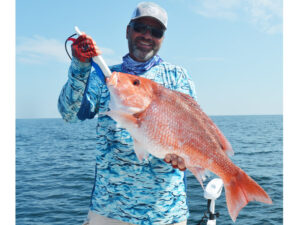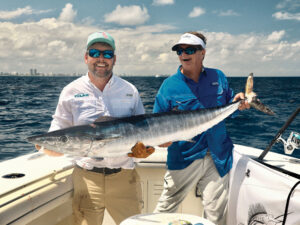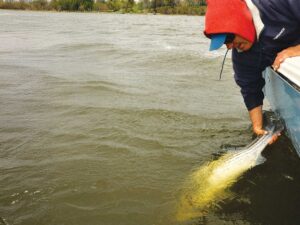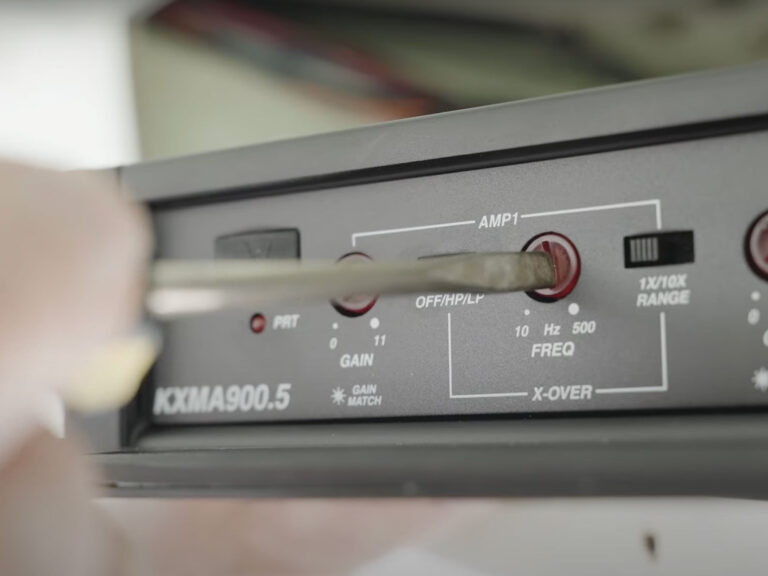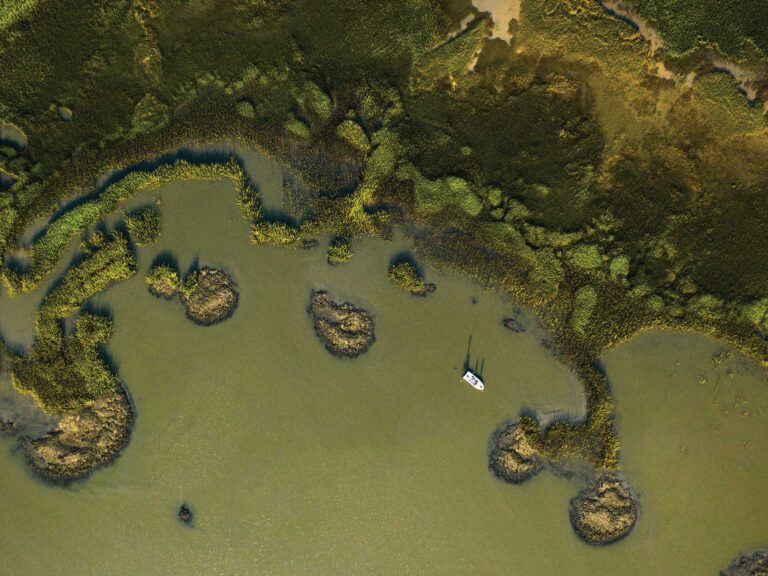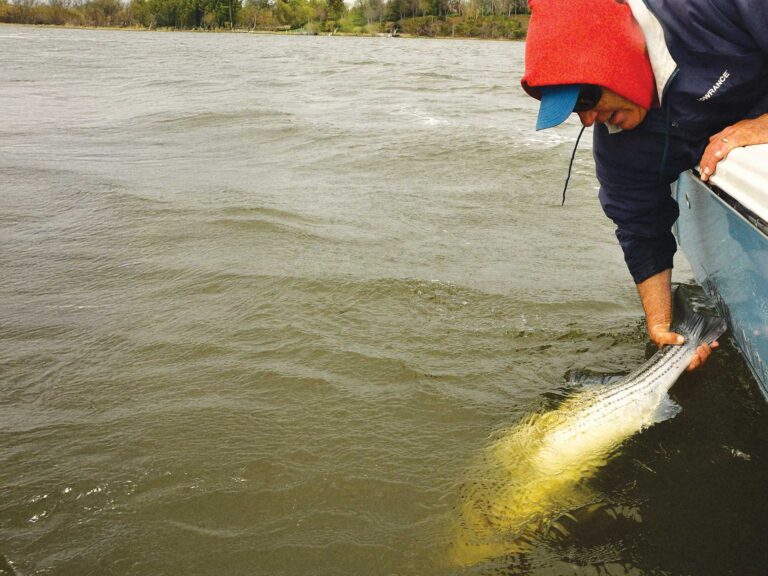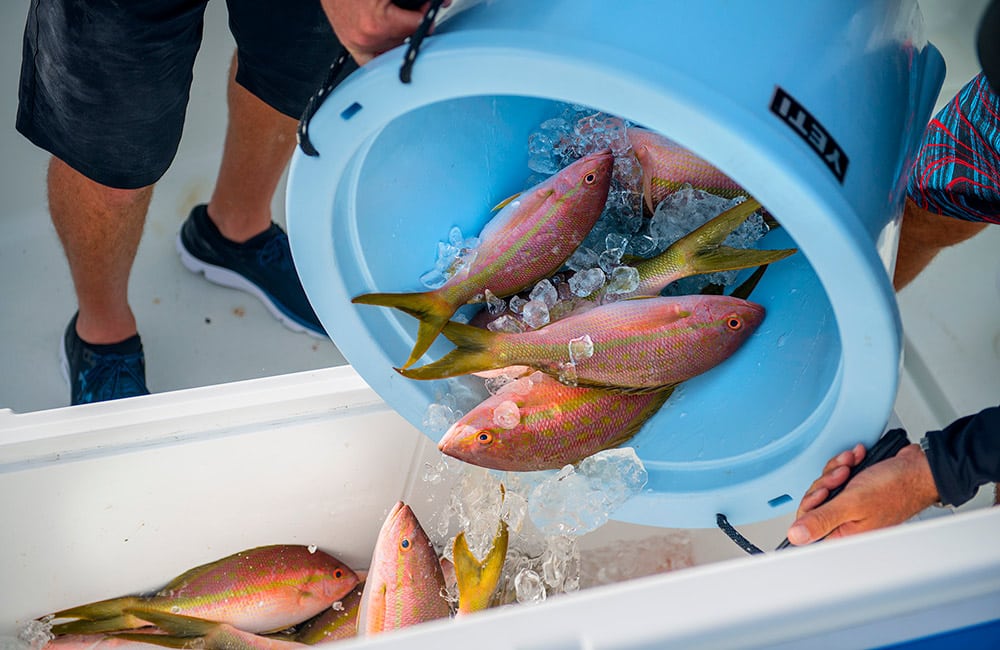
The biggest ones are called “flags” because their forked tails look like flags fluttering in the breeze. Smaller fish are simply ‘tails. Whatever the nickname yellowtail snapper are just plain fun. And what’s even better, their firm, white flesh is delicious to eat.
Found throughout South Florida, the Bahamas and Caribbean, these scrappy fighters are great sport. Ranging in size from less than a pound in the shallow depths to more than eight on the deeper reefs, yellowtails become cautious as they age. A number of tricks can be used to offset this wariness.
Natural reefs in 90 foot depths are prime places to start the process. Start by soaking a frozen block of chum in a mesh bag off the stern. Supplement with a few scoops of thawed chum, mixed with sand, thrown overboard. Don’t get in a hurry, though. Let the chum work to condition the snapper into gathering around the boat. Wait 15 to 20 minutes before putting out baits.
For tackle, use medium action spinning rods loaded with 15-pound main line and 30-pound fluorocarbon leader if the water is dirty. In clear water, however, or if the bite is slow, scale down the leaders to as light as 20 pounds. A 1/0 J-hook with a one-sixteenth-ounce jig head helps the bait slowly sink with the descending chum. Dead glass minnows are good baits, but small pieces of cut shrimp, bonito and squid will work also. Hide the hook by threading the point through one eye of the minnow and out its chin, twisting it and poking the hook back out through the same side. The sand in the thawed chum slurry also helps to camouflage the hooks from the wary snapper.
To present the baits, keep the rod tip low, open the reel bail and pull line off slowly by hand so the bait drifts down through the water column at the same pace as the chum particles. Keep an eye on the line as it feeds out. When it starts coming off the reel quickly, close the bail. Raise the rod tip softly to set the hook and then crank fast on the down-stroke to gain the upper hand. Yellowtails make long first runs and if you don’t turn them, they’ll break the line on the surrounding coral. The fight requires a deft touch. Apply too much pressure and you’ll either pull the hook or break the leader. Give them slack and they’re gone. Either way, you’ll swear you’re hooked to a monster–‘tails are tough!
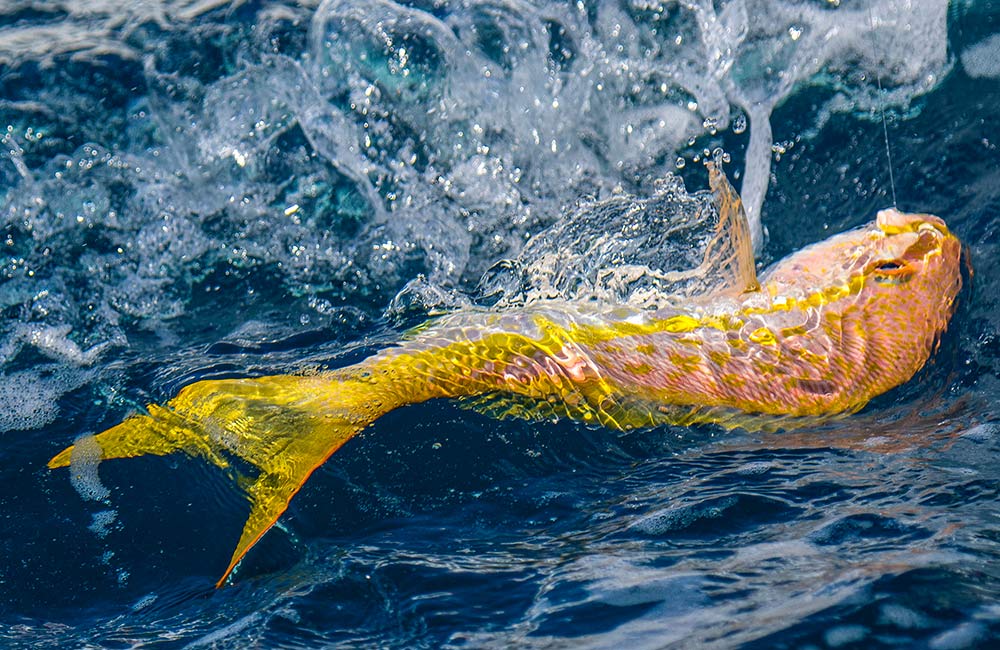
Once the snapper start feeding, keep replenishing the frozen chum and add scoops to the chum slick. It doesn’t hurt to throw the occasional handful of the bait you’re using overboard, either. As long as the fish have a steady food supply, they’ll usually keep biting.
One final tip: If a hooked snapper gets chopped in half near the surface by a toothy barracuda, don’t throw the carcass back in the water. The bloody remains spook the other fish and the bite often turns off.

